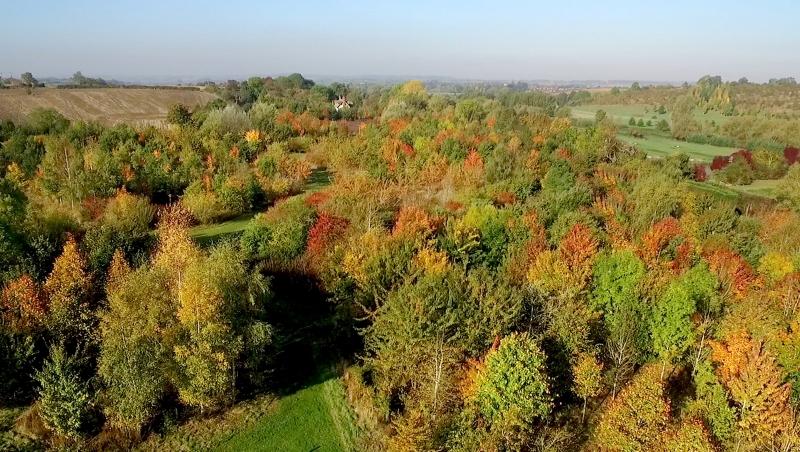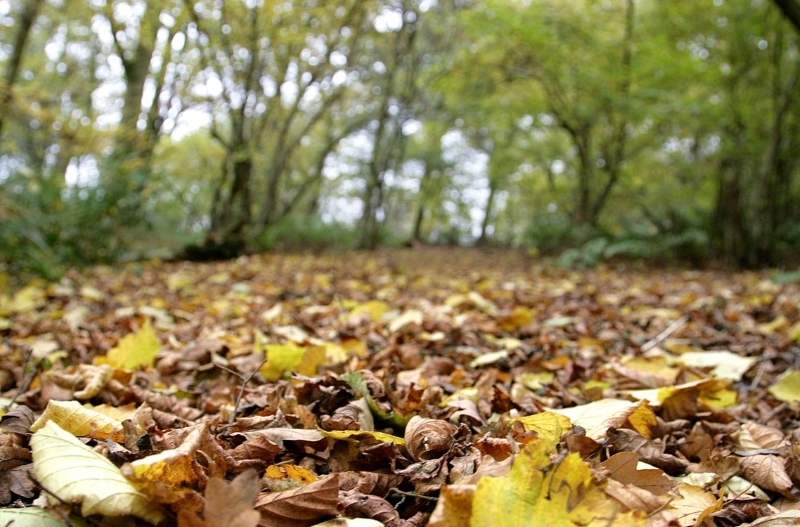
Autumn Equinox Meditation
Today is the autumn equinox, the point in the year when day and night are equal length and all is in balance. Using the change in seasons as a focus for contemplation can be very powerful, so why not give our 5-minute autumn equinox meditation a try?
The arrival of autumn
If you have been out in the Forest over the last few weeks, you will have seen the start of some changes. The leaves are turning from green to orange to brown and will soon be falling to make that satisfying crunch beneath your feet, and there is a bite in the air, even on sunny days, that nips against your cheeks and nose.
The arrival of autumn is the perfect opportunity to try some seasonal meditation. When we focus on what is happening in our environment outside of us, noting but not judging, we are able to slow our mind and appreciate what is right in front of us.
Seek solace in the changing seasons
Watching and noticing the seasons change in this way can be very powerful in improving our mental health. The reliability of the changing seasons can bring certainty and an anchor point in these uncertain times.
Seeing that nature is cyclical, that things change and disappear, but new and amazing things come in their place, can make us feel more comfortable with change in our own lives. We lose the buzz of summer and lush green leaves weighing down trees, but we gain the warm hues of autumn, the arrival of fieldfare and shiny conkers in spiky cases, and look up to blue skies on crisp, cold days.

5 minute autumn meditation
Next time you are in the Forest, find somewhere comfortable to sit or stand. Take a few deep breaths in and out to calm your mind, then begin to take in the environment around you.
- What can you smell – Is it that earthy smell before rain?
- What can you hear – The crunch and rustle of leaves on the ground as a small animal or bird hunts around in them for a snack, the drip drop of acorns as they fall from the tree or the chatter of a jay as it hurriedly collects the acorns up and hides them away?
- What can you feel – What does the air feel like, is it still warm with the late summer sun or can you feel that slight nip of cold as winter approaches? Why not pick up a conker from the Forest floor – how does its smoothness feel in your hand?
- What can you see – How does the light change in the Forest depending on what time you go? Can you see the twizzling seed of the sycamore gracefully fluttering to the ground?
- What can you taste – Are there any blackberries left to try?* If you have brought a flask with you to keep you warm, take a sip of a warming drink and see how it feels in contrast to the cooler air.
Stay for a long as you like, noticing, observing, and appreciating the wonders of the Forest. You might want to take a journal to note afterwards how you felt in that moment and what you experienced.
Going to the Forest with children?
Why not play this out loud, get everyone to list something different for each sense until you run out of ideas. You will be amazed how much you notice when you really focus on what is there.
If you cannot get to the Forest then this works just as well in your garden, in a park, on the school run or walking through town.
Feel good in the Forest
Our series of forest therapy articles explores the different ways we can feel good when visiting the Forest. Read about mindfulness and birdsong and discover the benefits of forest bathing.
*Please be careful when eating any berries in the Forest as some are poisonous.



